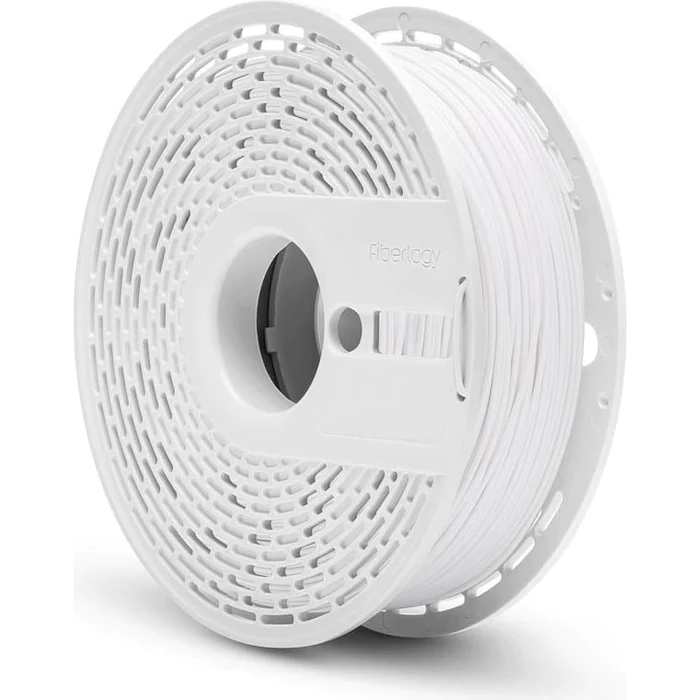What is ABS filament and why is it relevant for 3D printing
The basics of ABS as a 3D printing material
abs is a thermoplastic. It is strong and resilient. It is often used in 3D printing. ABS melts at high temperatures. As it cools, it hardens. This makes it suitable for printing. It can take many forms. This makes it versatile.

Advantages of ABS compared to other filaments
- High strength and durability: ABS withstands stress well.
- Increased temperature resistance: ABS behaves resistant to heat.
- Easy post-processing: Grinding and painting ABS is easy.
- Good availability: ABS is widely available and easy to obtain.
- Cost-effective: Compared to many specialty filaments, ABS is affordable.
- Versatility: ABS is suitable for a wide range of applications.
Technical aspects and processing of ABS 3D printers
Optimal printing conditions for ABS
The right printing conditions are crucial for success with abs-filament. A stable printing temperature of 220 to 250 degrees Celsius is ideal. The heated bed should be between 90 and 110 degrees Celsius. This reduces warping of the material. Good ventilation is important as ABS releases gases when printing. Use a closed pressure chamber. This helps to keep the heat even.
Tips for avoiding warpage problems when printing ABS
- Start with a heated printing plate. It helps to hold the filament.
- Use a raft, a base under the printed object, to minimize warpage.
- Maintain a constant temperature. Drafts can cause distortion.
- Adjust print speed. Too fast can lead to cracks in the ABS.
- Use an enclosure. This keeps the heat around the object and prevents warping.
- Perform post-processing. Sanding and acetone vapor improve the finish.
- Calibration of the printer. A good first coat adheres better and warps less.
Future-oriented applications and potential of ABS
Innovative areas of application of ABS in the industrial sector
abs Filament is becoming increasingly important in the industrial sector. It is used, for example, in the automotive sector to produce components that must be robust and heat-resistant. In the aerospace industry, ABS is used for lightweight parts that can withstand high loads. Companies also use ABS to develop cost-effective prototypes and end products. The production of tailor-made tools and devices is faster and more flexible thanks to ABS. Experts in mechanical engineering also rely on ABS for hard plastic parts. Its application potential in the industrial sector is being expanded even further by digital advances.
ABS in the hobby and educational sectors: A look forward
abs Filament opens up new avenues for hobbyists and educational institutions. It is robust and flexible, making it ideal for use in schools. Students can use it to print real-world objects and understand technology in a playful way. ABS also promotes creative thinking. In the hobby sector it supports DIY projects. With ABS, hobbyists can make their own spare parts or special tools. This material makes 3D printing a powerful learning and creative tool.









